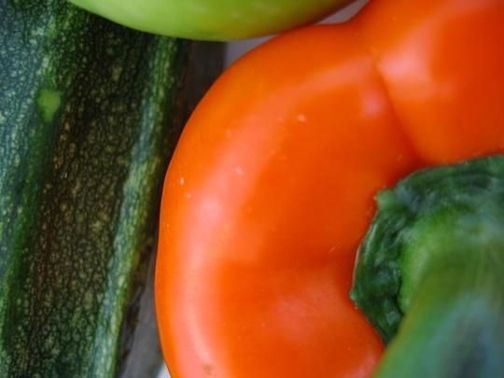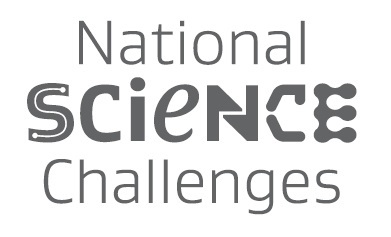High-value nutrition food exports are worth more than $20 billion per year to the New Zealand economy. Many consumers are willing to pay more for foods with health benefits. However, the health claims need to be backed by science, and the foods need to be appealing to the senses. Developing healthy food products requires a team effort including food technologists, nutritionists, sensory scientists and manufacturing engineers. Human clinical trials can also be part of the process.
High-Value Nutrition National Science Challenge
New Zealand has an outstanding international reputation as a rich source of high-quality, efficiently produced, safe foods and beverages. As consumers in Asia and around the world increasingly seek foods with proven health benefits, New Zealand’s advantages and national capability make it a natural leader.
The High-Value Nutrition National Science Challenge harnesses New Zealand’s world-class scientific expertise to create knowledge that will deliver a competitive advantage to New Zealand’s food and beverage exports.
Globally, more than 1.5 billion adults are classified as overweight or obese. The High-Value Nutrition National Science Challenge estimates the worldwide diabetes market will be worth $45 billion by 2020. It expects that food products with credible evidence for blood sugar control will be in demand.
Plant & Food Research – food concept development
Plant & Food Research is the New Zealand Crown research institute responsible for the research and development that adds value to vegetable, fruit, crop and food products. Their food technologists and scientists develop food prototypes and run pilot and commercial production trials. In addition, they have the largest sensory and consumer science research group in the southern hemisphere. Plant & Food Research sensory scientists use human clinical trials to assess qualities such as flavour, texture, appearance and taste.
Plant & Food Research is investigating naturally occurring phytochemicals and carbohydrates in grains, vegetables and fruits as a means of producing high-value foods to match energy requirements and promote appetite control – foods that will appeal to the senses and have proven health claims.
Challenges associated with developing healthy food products
Vegetables have numerous health advantages. Vegetable flours take longer to digest than other flours, offering sustained energy release. However, vegetable ingredients don’t always look, smell or taste great in finished food products. Plant & Food Research scientists are investigating ways to minimise undesirable characteristics while retaining beneficial properties.
A second issue new food products often face is transferring what you can do in a laboratory to what you can do in a food-processing factory. Plant & Food Research science teams work closely with food companies to develop new technologies and optimise existing food-processing methods.
The Australian and New Zealand governments are conducting a review of the Health Star Rating system for food. This article looks at the system’s drawbacks and ways to move forward.
Making a high-value, healthy snack bar
Find out how Plant & Food Research scientists develop new, healthier food products in the article Making new foods. Testing food energy explains how human and laboratory-based tests measure how quickly energy is released from a food product. It is important to know how quickly or slowly a food changes blood sugar levels. A food product’s structure, density, shape and surface area affect the way we chew food. Chewing and food particle size affect glycaemic load. Chewing for energy describes how scientists investigate chewing – both with clinical testing and with robotics.
Food and energy needs
Most people agree that foods are neither good nor bad. It really does depend on how much of a food you’re eating and what you’re going to do before or after eating. Guiding food choices looks at energy needs and how systems like the Health Star Rating system provide guidance on choosing healthier food options.
Take up the challenge
Use the Food for energy unit plan to consider what factors influence our food choices and to understand why we need to eat, the different nutrients that are available in foods and why we need to match food energy with our body’s energy requirements. The activities Sorting foods into groups and Make a snack bar are part of the unit plan.
National Science Challenges update
Useful links
The Ministry for Primary Industries has an online section for industry and food safety.
Visit the Food Standards Australia New Zealand website for information about food standards, consumer information and science.
In 2022 the Health Star Rating system was upgraded, making it tougher on sugar and salt – read the press announcement on the MPI website. The Health Star Rating system is currently voluntary – and there is no government charge to use it – but if uptake by manufacturers does not meet a 70% target by 2025, the government will consider making the system mandatory.
Consumer New Zealand uses the Bad Taste Food Awards to call out manufacturers who promote their products as being healthier than they are.
The mission of the National Science Challenge High-Value Nutrition Ko Ngā Kai Whai Painga is to grow the science excellence and knowledge that New Zealand needs to produce and deliver food and nutrition to the world to help people stay healthy and well.



